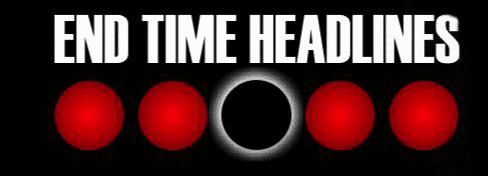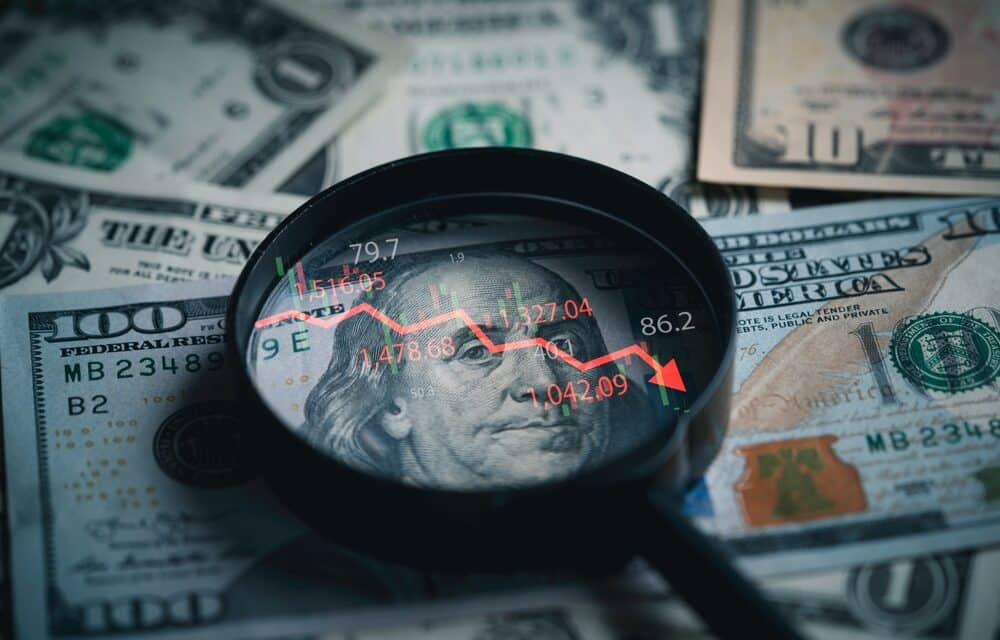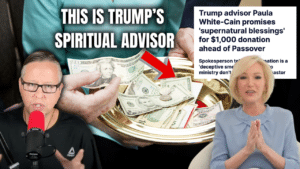Wall Street banks are sounding the alarm over mounting evidence that the U.S. economy may be teetering on the edge of a recession.
Financial markets, rattled by tariff-related uncertainty and weakening economic indicators, are flashing warning signs that have analysts and investors on edge.
According to a recent Bloomberg report, major institutions like JPMorgan Chase & Co. and Goldman Sachs Group Inc. have updated their models, showing a significant uptick in the likelihood of an economic downturn.
JPMorgan Chase & Co., one of the largest financial institutions in the world, reported that its market-implied probability of a recession has surged to 31% as of Tuesday, March 4, 2025—up sharply from 17% at the end of November 2024.
This jump reflects growing unease among traders and analysts, driven by key market signals such as the behavior of five-year Treasuries and declining prices in base metals.
These indicators, often seen as bellwethers for economic health, are suggesting an even higher—near coin-flip—chance of a contraction. While a recession is not yet the baseline prediction, the shift is notable and has sparked widespread discussion across financial circles.
Goldman Sachs Group Inc., another Wall Street titan, has echoed these concerns with its own analysis. Its recession risk model now pegs the probability at 23%, up from 14% in January 2025.
Though less alarming than JPMorgan’s figure, the upward trend underscores a growing consensus that economic headwinds are intensifying.
Analysts point to a combination of factors, including uncertainty over potential tariffs and broader global trade disruptions, as key drivers of this pessimism.
The Bloomberg article, published early this morning at 6:35 AM PST, highlights how these recession signals are spreading fear across Wall Street.
Traders are increasingly pricing in the possibility of an economic slowdown, even as the broader narrative remains cautious rather than outright bearish.
The data from JPMorgan and Goldman Sachs aligns with posts circulating on X today, where users have been quick to share and comment on the news.
Sentiment on the platform reflects a mix of concern and skepticism, with some questioning whether these warnings are overblown or simply a reflection of short-term market jitters.
Despite the rising probabilities, neither bank is calling a recession inevitable.
The 31% and 23% figures remain below the threshold of a likely outcome, suggesting that while risks are elevated, there’s still room for the economy to stabilize.
However, the convergence of multiple indicators—Treasury yields, commodity prices, and market volatility—paints a picture of an economy under strain.
Tariff-related uncertainty, in particular, has emerged as a focal point, with fears that new trade policies could disrupt supply chains and dampen growth.
For now, Wall Street is on high alert, and the coming weeks will likely prove critical in determining whether these recession signals fade or intensify.
Investors and policymakers alike are watching closely, aware that the margin for error may be shrinking. As the Bloomberg report concludes, the current environment is one of heightened vigilance—a sentiment that, for better or worse, is reverberating through markets and beyond.








